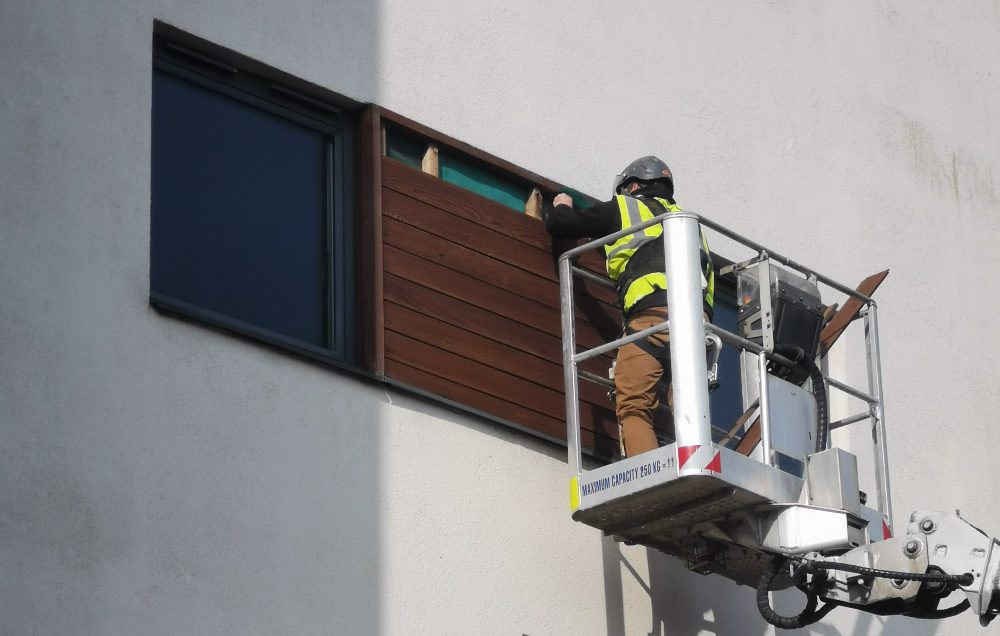
Proposals for how developers would pay to fix unsafe buildings have been set out as the government moves closer to imposing the new Building Safety Levy.
The government has now begun consulting developers and other interested parties on the plans, which will see an estimated £3bn collected over the next 10 years.
Under the proposals, developers of residential buildings, regardless of their height, will have to pay the levy contribution as part of the building control process.
This will mean that unless the levy is paid, a developer could not move on to the next stage of the building process, which could lead to project delays and impact future revenues.
‘Developers must pay’
Minister for Local Government and Building Safety Lee Rowley said: “We have been clear that developers must pay to fix building safety issues, and the Building Safety Levy is an important part of making that a reality.
“Today’s consultation will give industry and local authorities an opportunity to work with us going forward.
“By having these plans in place, we can ensure that all leaseholders are protected, regardless of whether their developer has pledged to remediate or not.”
The government’s proposals include an option to alter levy rates depending on where in the country the building is, with lower rates in areas where land and house prices are less expensive.
It also suggests that local authorities will be best placed to act as the collection agents, as they have the necessary systems, data, knowledge, and relationships in place with the developer sector.
In order to protect the supply of affordable homes, it is proposed they be exempt from a levy charge.
This is alongside a number of community buildings, including NHS facilities, children’s homes and refuges, including those for victims of domestic abuse.
The levy will be reviewed regularly so that it can be adjusted to take account of changing circumstances, such as wider economic conditions.
There are also plans to protect small- and medium-sized enterprises by excluding smaller projects.
The Building Safety Levy will run alongside the developer pledges, which were announced earlier this year.
Under the pledges, 49 of the UK’s biggest homebuilders have committed to fix life-critical fire-safety defects in buildings over 11 metres where they had a role in developing those buildings in the last 30 years.
This amounts to a commitment of at least £2bn.
Next steps
Plans to extent the Building Safety Levy – which was first announced in February 2021 – to cover all residential buildings were confirmed in April 2022.
The consultation seeks views on the delivery of the levy, including how it will work, what the rates will be, who must pay, what sanctions and enforcement will apply, and who is responsible for collecting the levy.
The consultation will be open for 10 working weeks from 22 November and seeks the views of all interested parties, especially developers of all sizes, building control professionals, and local authorities.
Their views will be taken into account before any final decisions are made next year.
Image credit: Welsh government
Read next: PA Housing secures £75m deal with Lloyds to deliver new, green homes
Are you a social housing professional? Sign up for a FREE MEMBERSHIP to upload news stories, post job vacancies, and connect with colleagues on our secure social feed.



